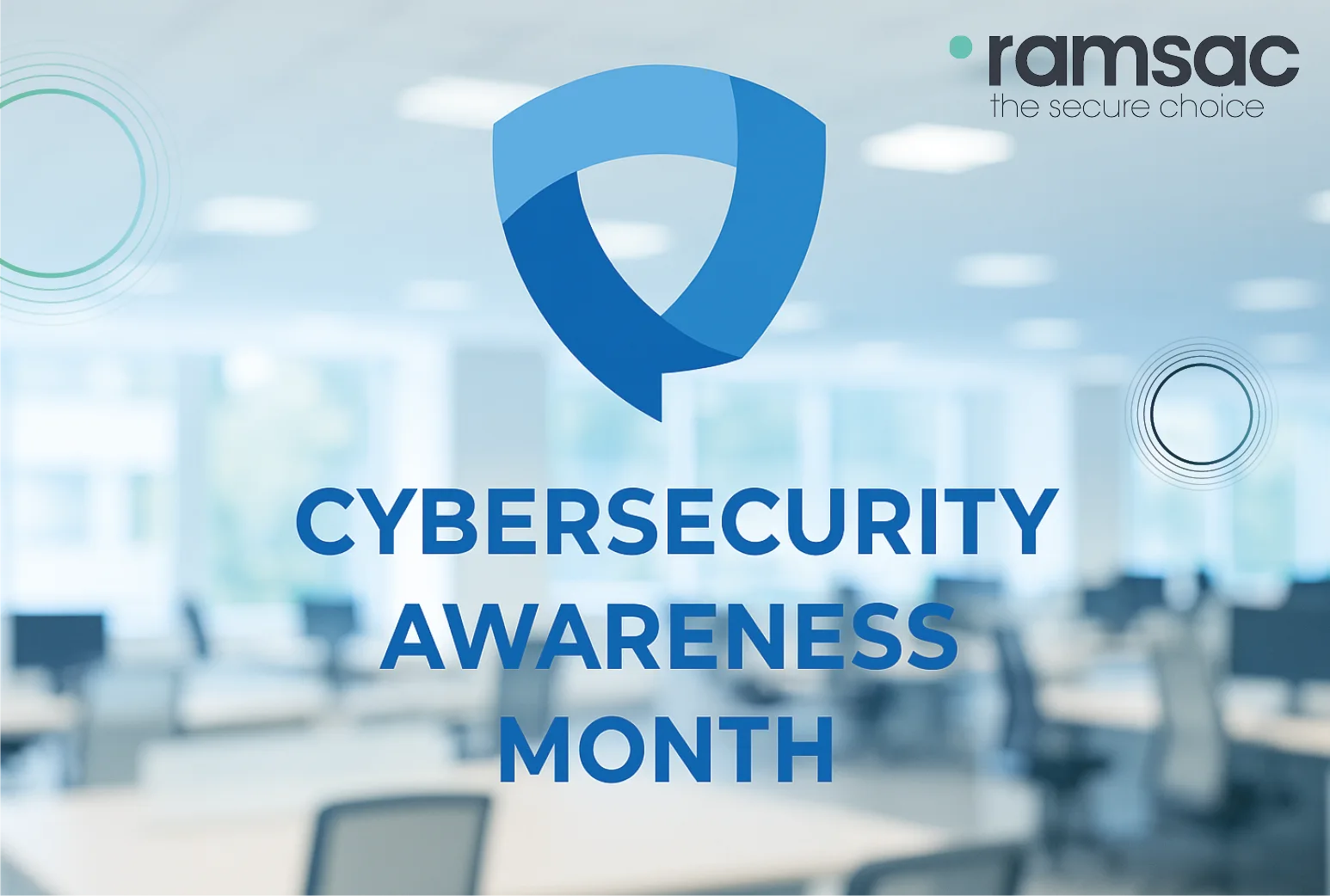Data rrotection and innovation: The role of the ICO Regulatory Sandbox in the UK

Posted on November 28, 2023 by Voke Augoye
The ICO (Information Commissioners Office) is the UK’s Data Protection Authority, and they are responsible for upholding information rights. The ICO Regulatory Sandbox is an initiative giving technology companies who are in the process of innovating, a grace period where they won’t be penalised if they suffer a data breach. In this blog, we’ll explore the concept of the ICO Regulatory Sandbox and its objectives in the data protection landscape in the UK.
What is the ICO Regulatory Sandbox?
The ICO Regulatory Sandbox was introduced in March 2019 as a specialised framework developed to assist organisations in experimenting with new and emerging technologies and data processing methods that involve personal data. It provides a controlled environment where organisations can test their innovations, while the ICO closely supervises and collaborates with them to ensure that data protection standards are upheld.
Objectives of the ICO Regulatory Sandbox
- Support Innovation: The primary goal of the ICO Regulatory Sandbox is to encourage innovative use of personal data while maintaining robust data protection measures. It helps bridge the gap between compliance and innovation by providing a safe space for organisations to test and develop their ideas.
- Enhance Data Protection: The ICO Sandbox emphasises that data protection should not be compromised in the pursuit of innovation. It aims to find a balance between fostering technological advancement and safeguarding individuals’ privacy.
- Increase Compliance: By working closely with organisations in the sandbox, the ICO assists them in understanding and complying with data protection regulations. This proactive engagement helps organisations avoid potential data breaches and legal issues.
- Gather Insights: The sandbox allows the ICO to gain valuable insights into emerging technologies and data processing methods. This knowledge enables the ICO to adapt and refine their regulatory approaches to match the evolving landscape of data protection.
Key features of the ICO Regulatory Sandbox
- Collaborative Approach: Organisations that participate in the ICO Regulatory Sandbox benefit from close collaboration with the ICO’s experts. This helps them navigate the complexities of data protection and align their projects with regulatory requirements and ultimately improve their confidence in the compliance of finished products and services.
- Customised Support: The ICO provides tailored guidance and support to each participant, recognising that different organisations may have unique data processing challenges.
- Transparency and Accountability: The ICO emphasises the importance of transparency and accountability in data processing. Organisations in the sandbox are required to demonstrate how they meet these standards in their innovative projects.
- Ethical Considerations: The ICO encourages participants to consider ethical implications when developing new technologies. This reflects a growing awareness of the ethical aspects of data usage and the need to protect individuals’ rights.
Key areas of focus
The ICO currently has 3 areas of focus:
- Exceptional innovations: such as novel use of existing technologies or data processing activity not yet established in any industry.
- Emerging technologies: such as next generation IoT, Immersive Technology (Augmented and Virtual Reality), Blockchain Decentralised Finance, Wearable Technology, Artificial Intelligence etc.
- Biometrics: such as facial recognition, fingerprint, voice authentication, heartbeat recognition etc.
However, the ICO still welcomes project that do not strictly fall under these categories.
The ICO Regulatory Sandbox exemplifies the UK’s commitment to nurturing innovation while upholding strict data protection standards. It not only aids organisations in navigating data privacy regulations but also prepares the ICO to develop informed guidelines on emerging technologies. With data privacy increasingly critical, the ICO Sandbox guides a future of responsible and innovative data-driven solutions.
Organisations interested in joining the ICO Regulatory Sandbox have until December 31, 2023, to apply for the 2024 cycle, presenting an opportunity to contribute to and benefit from this pioneering initiative in balancing innovation and data protection.
Further information can be found here.







